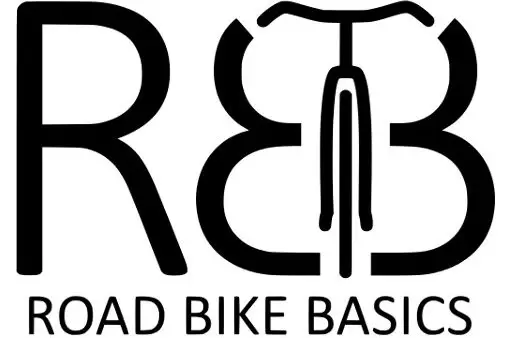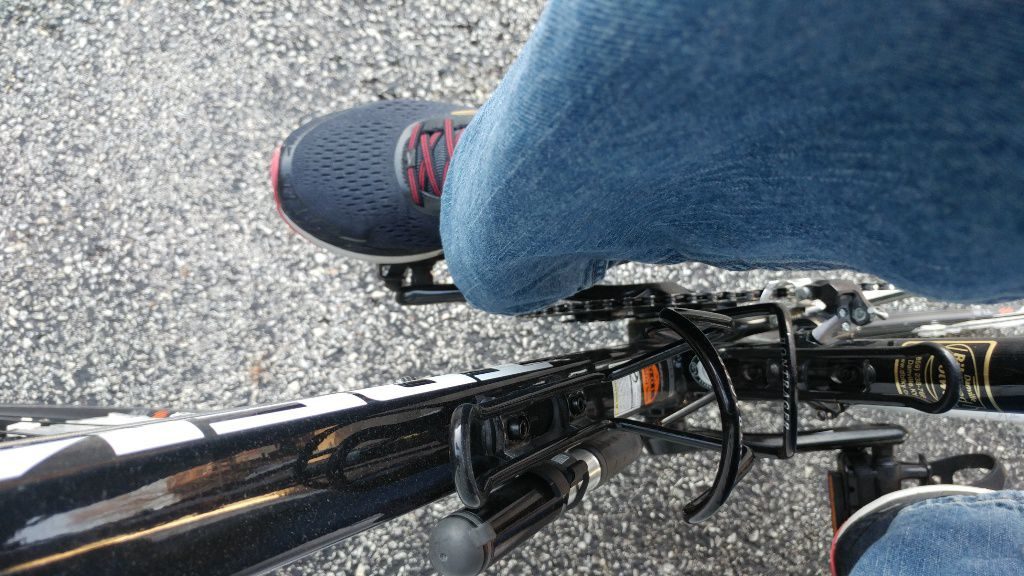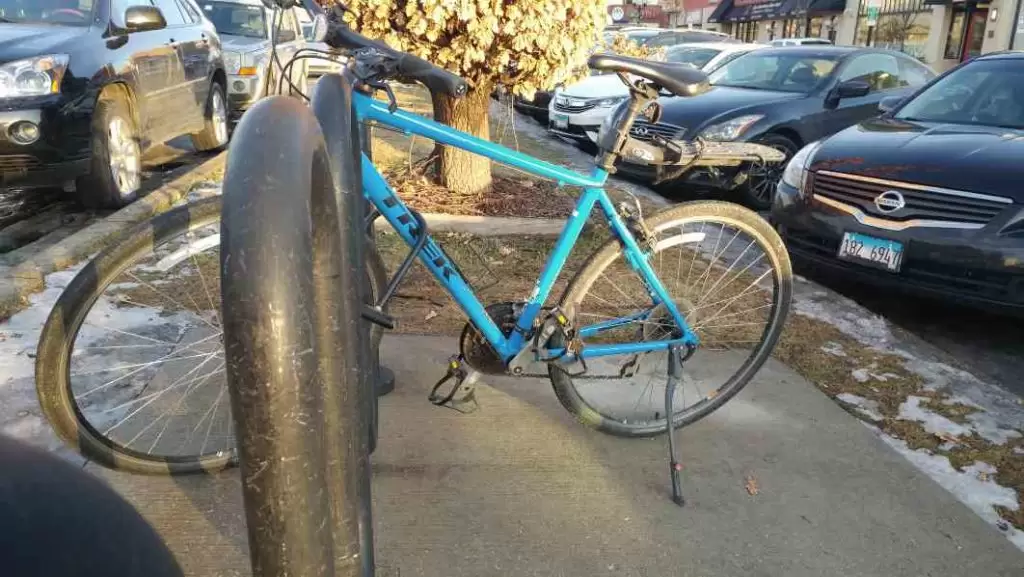I distinctly remember racing bikes with a friend when I was 9, and losing miserably. Later on, I realized that even though I was a little older, he had been smarter and started in a lower gear while I had started in my highest. Nowadays I can hold my own, but somewhere along the line, I learned how to pick my gears better.
You should pick your gear so that your cadence stays in an optimal range and also take into consideration the slope of the road ahead. However, you will also need to make sure you don’t pick a gear that hurts your bike. Let me explain what I mean and I’ll show you how to pick your gear yourself.
What is cadence on a bike?
Cadence is the speed of a rhythm. In music, you can call it the tempo of the song. In cycling, it is how fast you are pedaling. Usually, you measure cadence in revolutions per minute (rpm). An average cycling cadence is about 60-80 rpm. However, if you are going along at a leisurely pace, it is more likely that your cadence will be closer to 30 or 40 rpm.
In cycling lingo, “spinning” is when your cadence is much higher than your average, and “mashing” is when your cadence is much lower than your average. Any person’s preferred cadence will be a fairly tight range. Mine is actually pretty low, usually around 60. Every rider is just a little bit different. So, don’t worry too much about whether yours is high or low. Just do what feels right.
Why is proper cycling cadence important?
Riding at a proper cadence has a few distinct advantages over spinning or mashing. Your body is most comfortable at certain cadences because that is when your muscles are most efficient.
If you start spinning too fast, you’ll spend more energy on keeping your legs in control than you do putting power into the pedals. Your muscles can put out more power when they get to move than when they are flexing but staying still.
As well, you are less likely to hurt yourself in your preferred cadence range. Straining your muscles while they aren’t moving can result in overdoing it easily. Going too fast promotes being more sloppy with your form, and improper form can also lead to damage. I inevitably end up hitting my knee on something if I spin too fast.
While you are trying to accelerate, your cadence should increase. It is easier to put down more power at a higher cadence than it is at a lower one. However, it might drain your energy a little faster. That also means that you can slow your cadence down once you just need to maintain your speed.
What are the different gears?
Usually, bikes have 2 or 3 very differently sized gears in the front, and many more in the back that gradually change size. This is really nice because it gives you a lot of options for every speed and torque. In fact, you can often have the same ratio but with different settings on your gears. This may seem a little redundant, but a bit of overlap is actually very helpful.
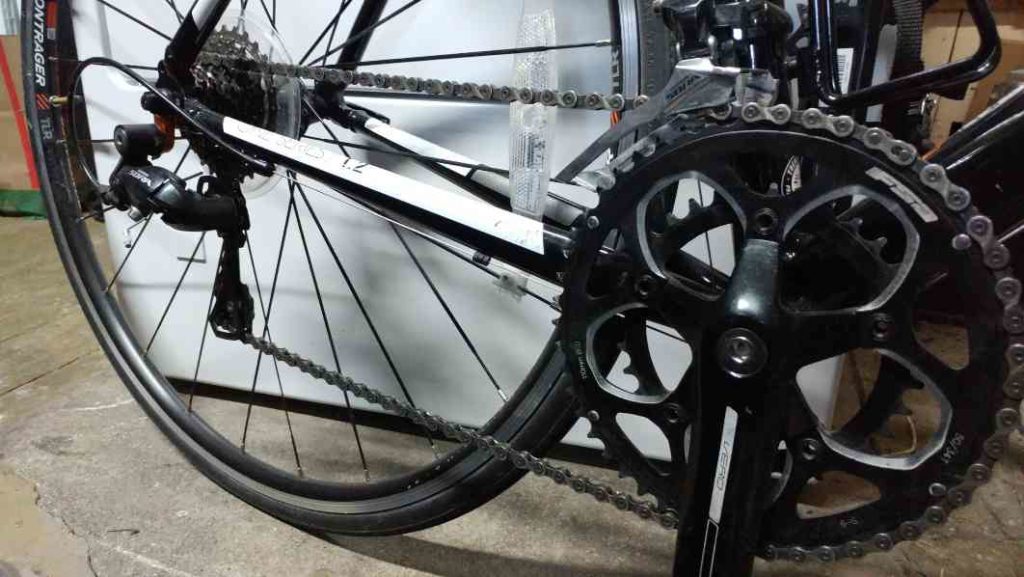
As you are speeding up or slowing down, you’ll most likely find yourself changing which rear gear you are using more often than you change your front gear. However, once you get to a certain point, you’ll run out of rear gears. So, can quickly shift which front gear you are using and switch your rear gear in the other direction, and end up in a similar ratio. That lets you extend the range of usable gears, and pick the right one for your situation.
How to shift gears to match your cadence
Your gear ratio determines the relationship between how fast you rotate your pedals, and how fast you rotate your tires. Picking the right gear allows you to tune that ratio to maximize your efficiency. Different gear ratios will allow you to pick and choose how you balance speed and torque.
For those that don’t know, torque is the combination of how much force you are pressing the pedal with and how far from the axle your pedals are. That torque goes through your pedals, into the gears, and then into the tire. Think of it as how hard your wheel wants to spin
Pedaling normally in a lower gear means that you will go at a lesser speed, but with greater torque. It’s great for when you are accelerating from a stop or going up a steep hill. Pedaling normally in a higher gear means you will go faster, but with a lower torque. This is good for going out on a flat road or even downhill.
How and when to shift for oncoming slopes
When shifting gears, it is important to not be putting a lot of tension on the chain. It is very easy to make your chain hop off you gears entirely if you do. Pedal lightly for just a moment, making sure to keep them moving, and then shift before you pedal hard again.
If you are quickly approaching a hill that you can’t coast over, you’ll need to downshift eventually. If you wait too late, you’ll be struggling up the hill and it will be very difficult to shift and maintain your speed. I suggest going ahead and shifting down a few gears at the base of the hill, well before you slow down. You’ll have enough speed to coast up a bit, but be in the right gear once you do slow down enough.
If you are about to hit the top of a hill, make sure to not shift too early. You don’t want to be stuck nearly at the top but your gear is too high to keep moving. Once the road ahead has flattened out, feel free to shift into a higher gear.
Approaching a downhill run, try switching into a higher gear a little early. I like to go as fast as safely possible, and I find that shifting into a higher gear sooner allows me to keep applying torque when I would have otherwise needed to shift into that gear. Eventually, you’ll hit the bottom of the hill. At this point, I would suggest gradually lowering your gear as your cadence drops. You’ll eventually even out at a comfortable speed and gear.
How to not hurt your bike with your gear selection
When your chain is on the inside or outside of both sets of gears, you should be fine. However, when you are going across, from the inside to the outside and vice versa, it can be hard on your chain.
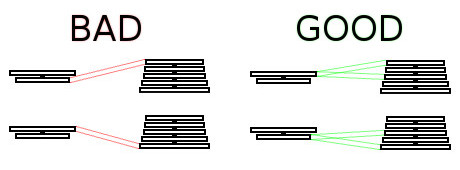
Thankfully, you can hear your chain complain whenever you aren’t being nice to it. It will rub and click until you get it into a better gear ratio.
People usually find themselves in this set up when they focus too much on changing which back gear they are using. For instance, if I start in my lowest gear from a dead stop and then only shift my rear gear as I speed up, I’ll eventually run out of gears and be in a bad configuration. It is important to remember that you can use your front and rear gears in concert with one another to give yourself the best advantage possible.
I hope that all of this information will empower you to optimize your gearing selection and get you enjoying your rides even more.
Thanks for being here!
I make content that empowers people to enjoy riding their bikes.
Are you interested in learning more about that?
Here are some hand
